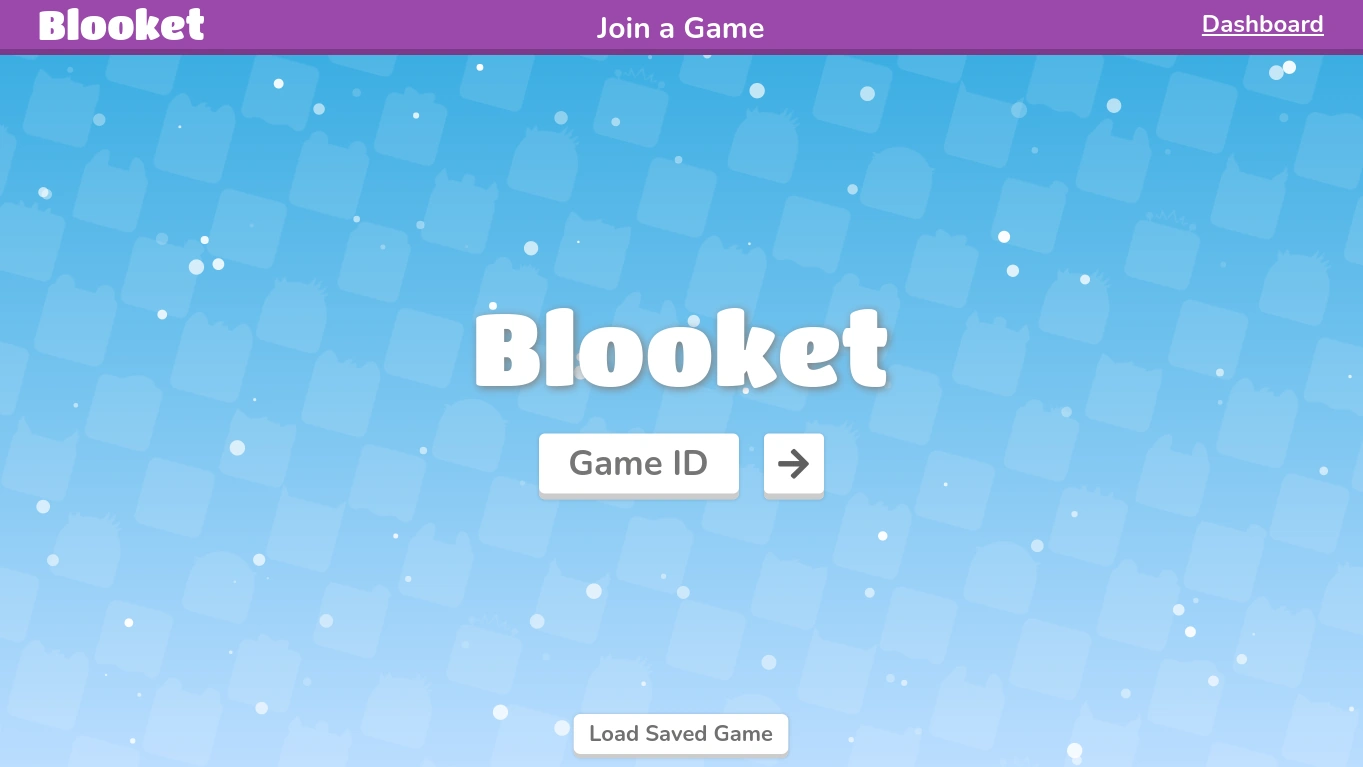Writing a dissertation is a formidable task that involves extensive research, critical analysis, and meticulous writing. After dedicating countless hours to this monumental project, receiving feedback can be both a nerve-wracking and enlightening experience. Whether the feedback comes from your advisor, committee members, or peer reviewers, how you handle it can significantly impact the final quality of your dissertation. This blog will guide you through the process of managing dissertation revisions and feedback effectively, ensuring you turn critiques into an opportunity for improvement and success.
Understanding the Importance of Feedback
1. Enhancing the Quality of Your Work
Feedback is an essential part of the academic process, designed to help you refine and improve your work. It highlights areas that need clarification, additional evidence, or better argumentation, ultimately enhancing the overall quality of your dissertation.
2. Identifying Blind Spots
As the author, you may be too close to your work to see its flaws. Feedback from others provides a fresh perspective, identifying issues you might have overlooked, such as logical inconsistencies, methodological flaws, or gaps in the literature review.
3. Building Academic Skills
Engaging with feedback helps develop critical academic skills, including critical thinking, problem-solving, and the ability to articulate and defend your ideas. These skills are invaluable not only for completing your dissertation but also for your future academic and professional career.
Initial Reactions to Feedback
1. Emotional Response
It’s natural to have an emotional response to feedback, especially if it contains criticism. Feelings of defensiveness, frustration, or discouragement are common. Acknowledge these emotions but don’t let them cloud your judgment.
2. Taking Time to Process
Before responding to feedback, take some time to process it. This will help you approach the revisions with a clear mind and a constructive attitude. Remember that the goal of feedback is to improve your work, not to diminish your efforts.
Strategies for Handling Feedback
1. Read Feedback Carefully
Start by reading the feedback carefully and thoroughly. Ensure you understand each comment and suggestion. If something is unclear, don’t hesitate to ask for clarification from the reviewer.
2. Categorize Feedback
Organize the feedback into categories such as structural changes, methodological improvements, clarity and coherence, and minor edits. This will help you prioritize the revisions and tackle them systematically.
3. Prioritize Major Revisions
Focus on the major revisions first. These typically involve changes to the structure, methodology, or central arguments of your dissertation. Addressing these significant issues will have the most substantial impact on improving your work.
4. Make a Revision Plan
Create a detailed revision plan outlining the specific changes you need to make, the steps required to implement them, and a timeline for completion. Breaking down the revisions into manageable tasks will make the process less overwhelming.
5. Keep Track of Changes
Use a document management system to keep track of the changes you make. This can be as simple as using the track changes feature in your word processor or maintaining a separate document where you note each revision and the rationale behind it.
6. Respond to Feedback
In some cases, especially when dealing with formal reviews from your committee, you may need to respond to the feedback in writing. Clearly explain how you have addressed each point or provide a reasoned argument if you chose not to implement a suggestion. This shows that you have engaged critically with the feedback and considered it seriously.
Common Types of Feedback and How to Address Them
1. Structural Feedback
Issue: “Your chapters need reorganization for better flow.”
Solution: Re-evaluate the structure of your dissertation. Create an outline to visualize the flow of your arguments and ensure each chapter logically follows from the previous one. Consider reordering sections to improve coherence and readability.
2. Methodological Feedback
Issue: “Your methodology section lacks detail.”
Solution: Review your methodology section and add more details about your research paper writing services design, data collection, and analysis methods. Ensure you justify your chosen methods and discuss any limitations. Provide enough information so that other researchers could replicate your study.
3. Argumentation Feedback
Issue: “Your argument is not sufficiently supported by evidence.”
Solution: Strengthen your arguments by incorporating additional evidence from primary and secondary sources. Ensure each claim you make is backed by solid evidence and clearly explain how the evidence supports your argument. Revisit your literature review to fill any gaps and provide a stronger foundation for your research.
4. Clarity and Coherence Feedback
Issue: “Some sections are unclear or difficult to follow.”
Solution: Simplify complex sentences and ensure each paragraph has a clear main idea. Use transition sentences to connect ideas between paragraphs and sections. Ask a peer or mentor to read your revised sections to ensure they are clear and coherent.
5. Stylistic Feedback
Issue: “Your writing style is too informal.”
Solution: Review your writing for tone and style, ensuring it meets academic standards. Replace colloquial expressions with formal language and ensure consistency in terminology and style throughout your dissertation.
6. Technical Feedback
Issue: “There are numerous grammatical errors and typos.”
Solution: Conduct a thorough proofread of your dissertation. Use grammar-checking software and consider hiring a professional editor to review your work. Pay attention to common issues like verb tense, subject-verb agreement, and punctuation.
Dealing with Conflicting Feedback
1. Analyze the Feedback
When you receive conflicting feedback, analyze the comments to understand the underlying concerns. Sometimes different reviewers may highlight different aspects of the same issue.
2. Seek Clarification
If possible, seek clarification from the reviewers, especially if the feedback comes from your cheap dissertation help committee. Understanding their perspectives can help you find a balanced solution.
3. Make Informed Decisions
Make informed decisions on how to address conflicting feedback. Consider the relevance and impact of each suggestion on your dissertation. It may be necessary to compromise or choose the feedback that aligns best with your research objectives.
4. Justify Your Choices
When you submit your revised dissertation, include a justification for the decisions you made regarding conflicting feedback. Explain why you chose to implement certain suggestions and not others, demonstrating your critical engagement with the feedback.
Maintaining a Positive Attitude
1. Embrace a Growth Mindset
Approach feedback with a growth mindset, viewing it as an opportunity to learn and improve rather than as criticism. Embracing this mindset will make the revision process more productive and less stressful.
2. Celebrate Progress
Acknowledge and celebrate your progress, no matter how small. Completing revisions is a significant step toward finalizing your dissertation. Recognizing your achievements will help maintain motivation and a positive outlook.
3. Seek Support
Don’t hesitate to seek support from peers, mentors, or a writing group. Sharing your experiences and challenges with others can provide encouragement and practical advice. Remember, you are not alone in this journey.
Final Steps Before Submission
1. Comprehensive Review
Before submitting your revised dissertation, conduct a comprehensive review. Ensure all feedback has been addressed, and the document is free from errors. Pay attention to formatting, citation style, and overall presentation.
2. Seek a Second Opinion
Consider asking a trusted peer or mentor to review your final draft. A fresh set of eyes can catch any remaining issues and provide additional feedback to further refine your work.
3. Prepare for the Defense
Once your dissertation is finalized, prepare for your defense. Review the key arguments, methodology, and findings of your research. Anticipate possible questions from your committee and practice articulating your responses confidently.
Conclusion
Handling dissertation revisions and feedback is a critical part of the dissertation process that can significantly enhance the quality of your work. By approaching feedback with an open mind, organizing and prioritizing revisions, and maintaining a positive attitude, you can turn critiques into opportunities for growth and improvement. Remember, feedback is not a reflection of your abilities but a tool to help you achieve academic excellence. Embrace it, learn from it, and let it guide you to produce a dissertation that reflects the best of your scholarly abilities.

 Entertainment3 months ago
Entertainment3 months ago
 Entertainment3 months ago
Entertainment3 months ago
 Entertainment4 months ago
Entertainment4 months ago
 Tech3 months ago
Tech3 months ago
 Fashion5 months ago
Fashion5 months ago
 Entertainment2 months ago
Entertainment2 months ago
 Entertainment3 months ago
Entertainment3 months ago
 Life Style3 months ago
Life Style3 months ago



